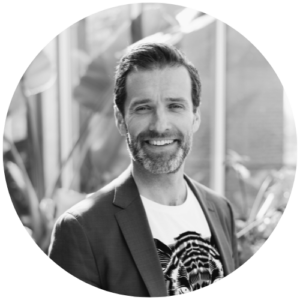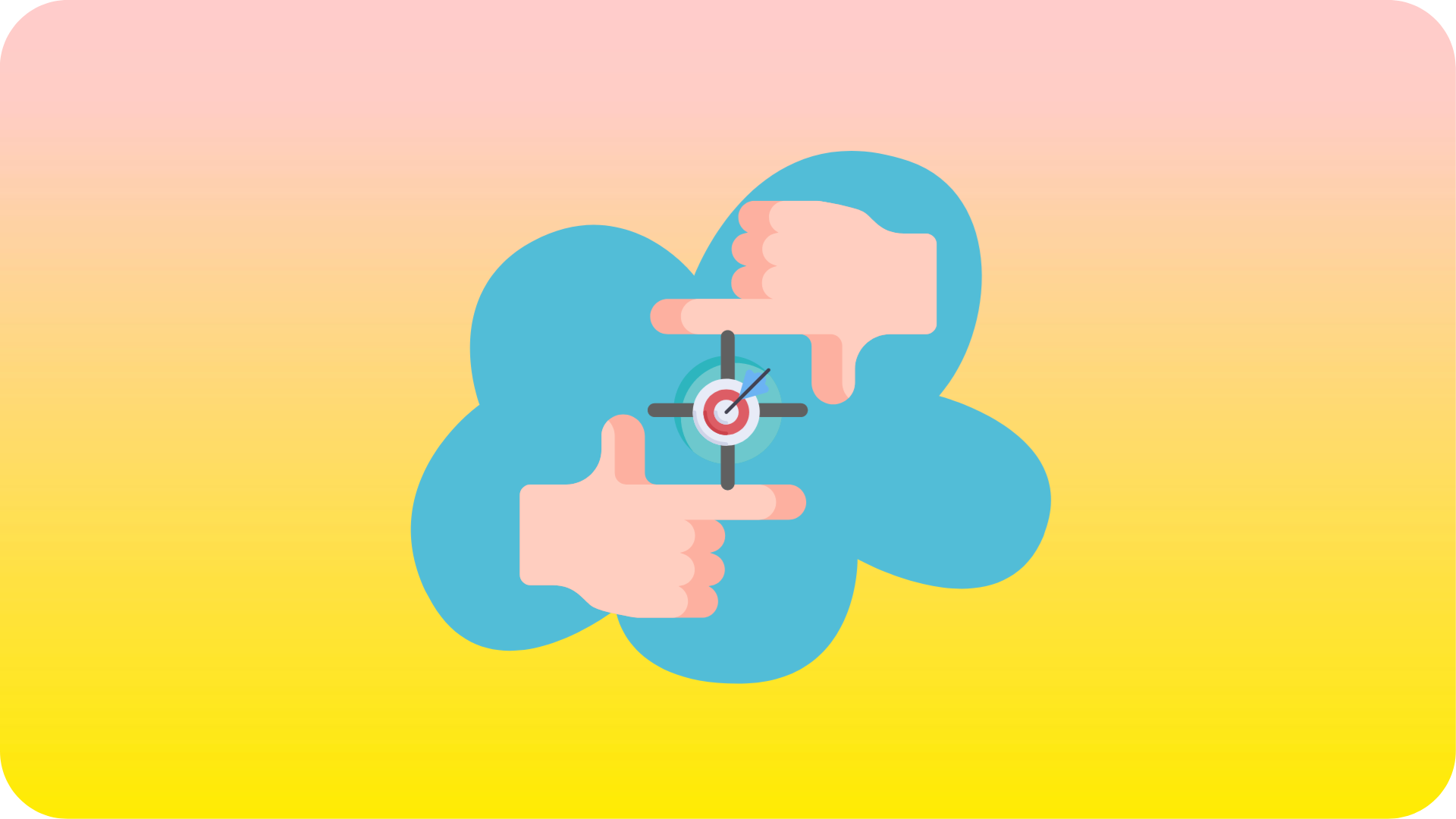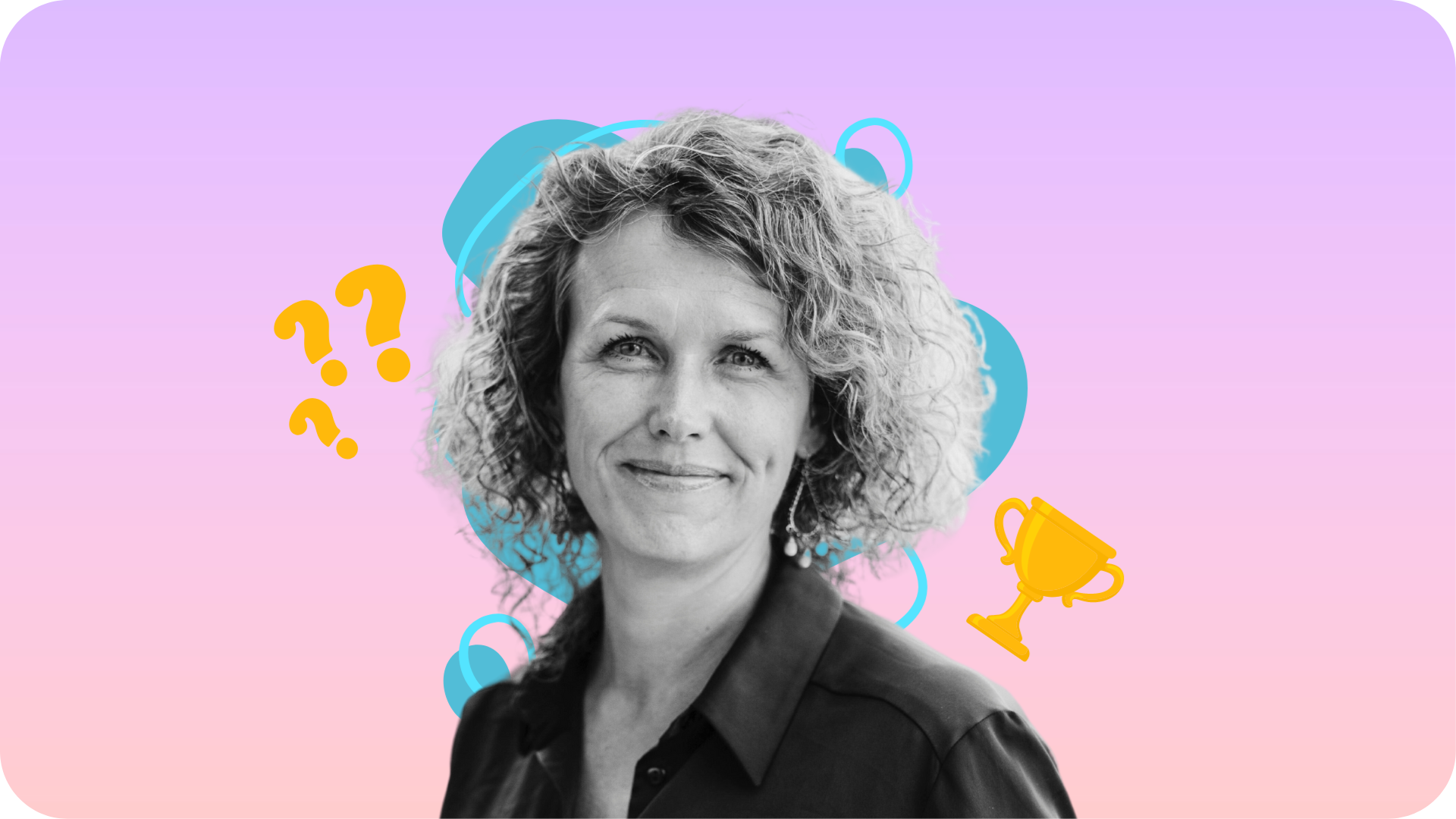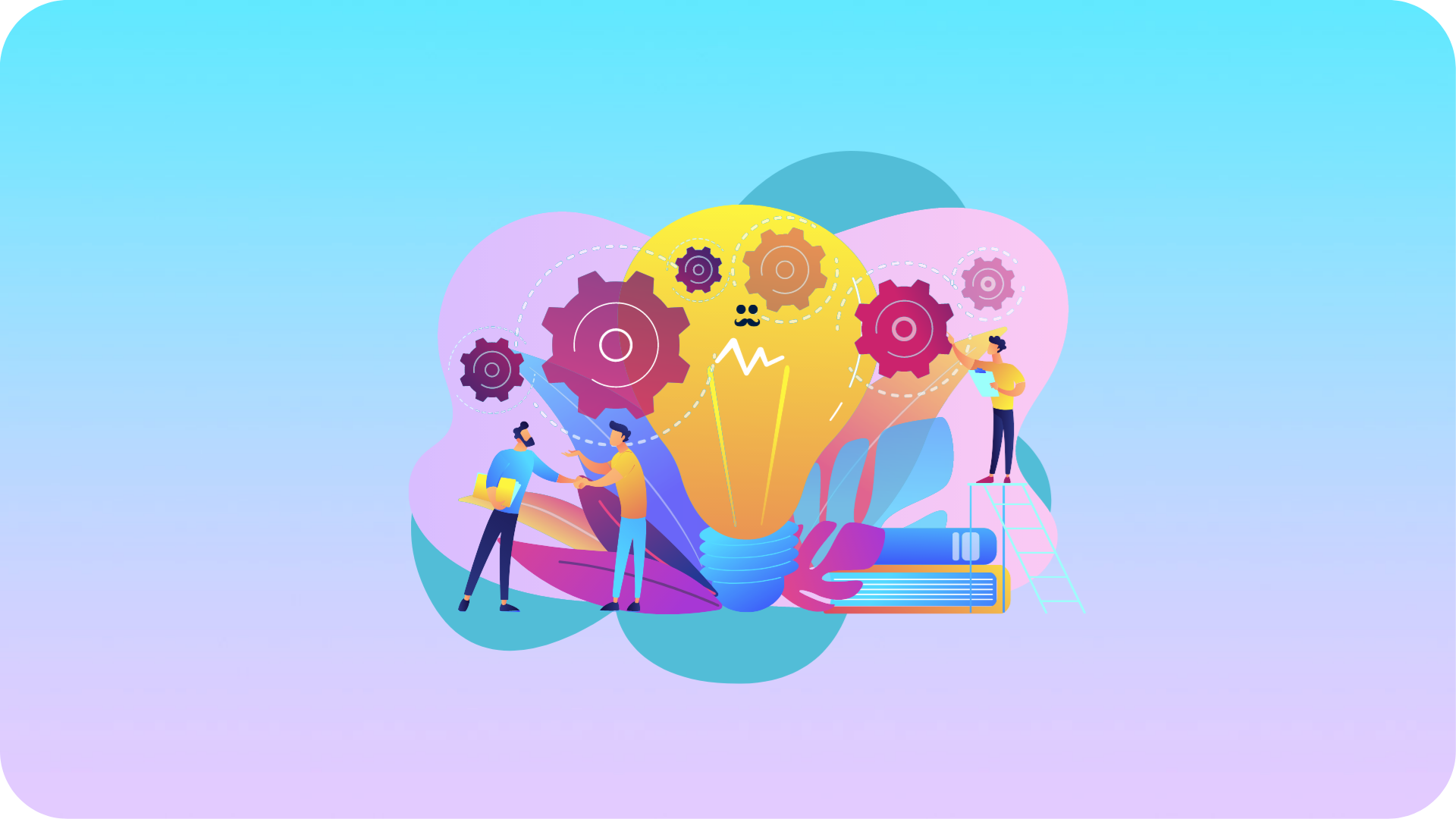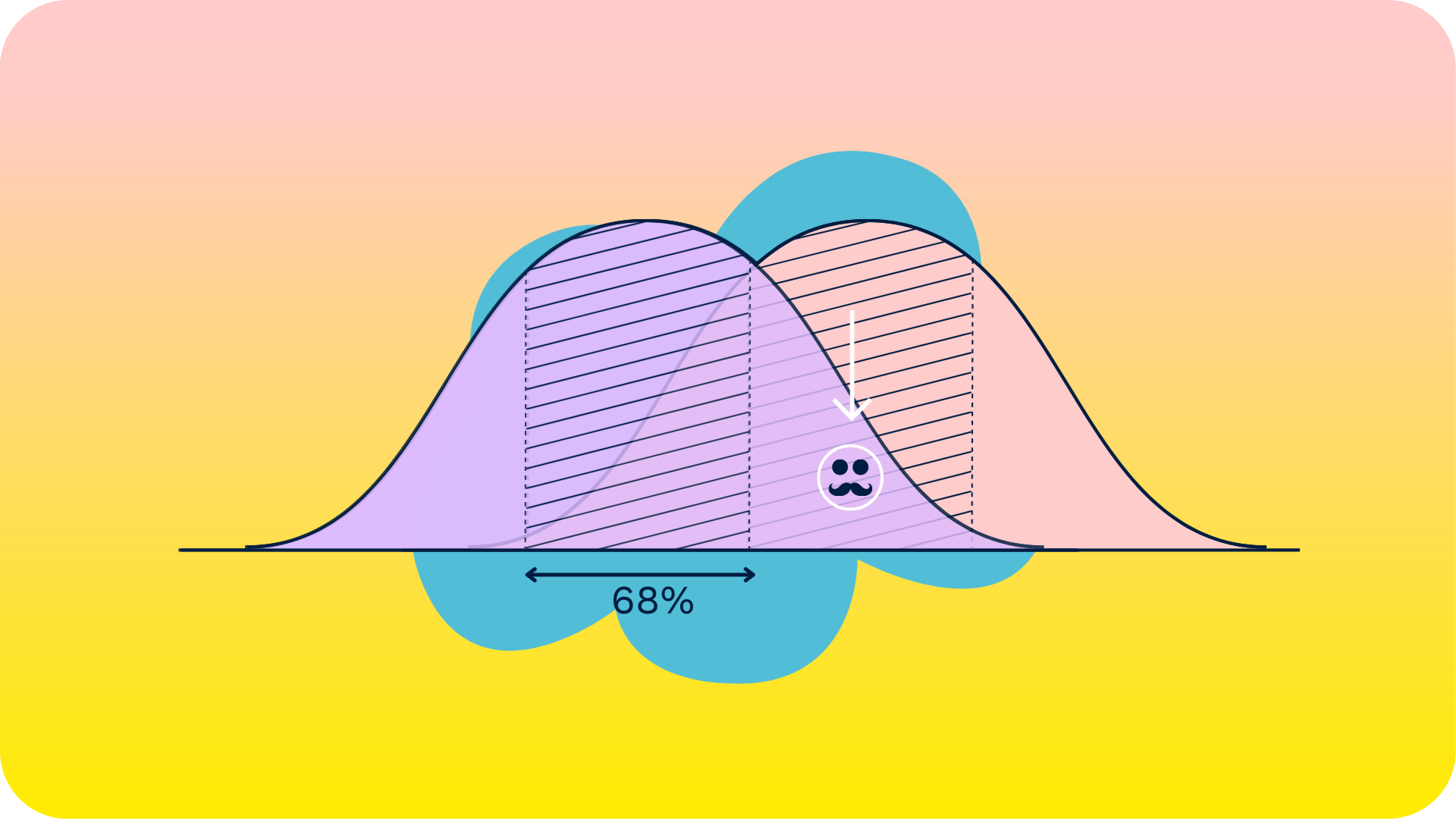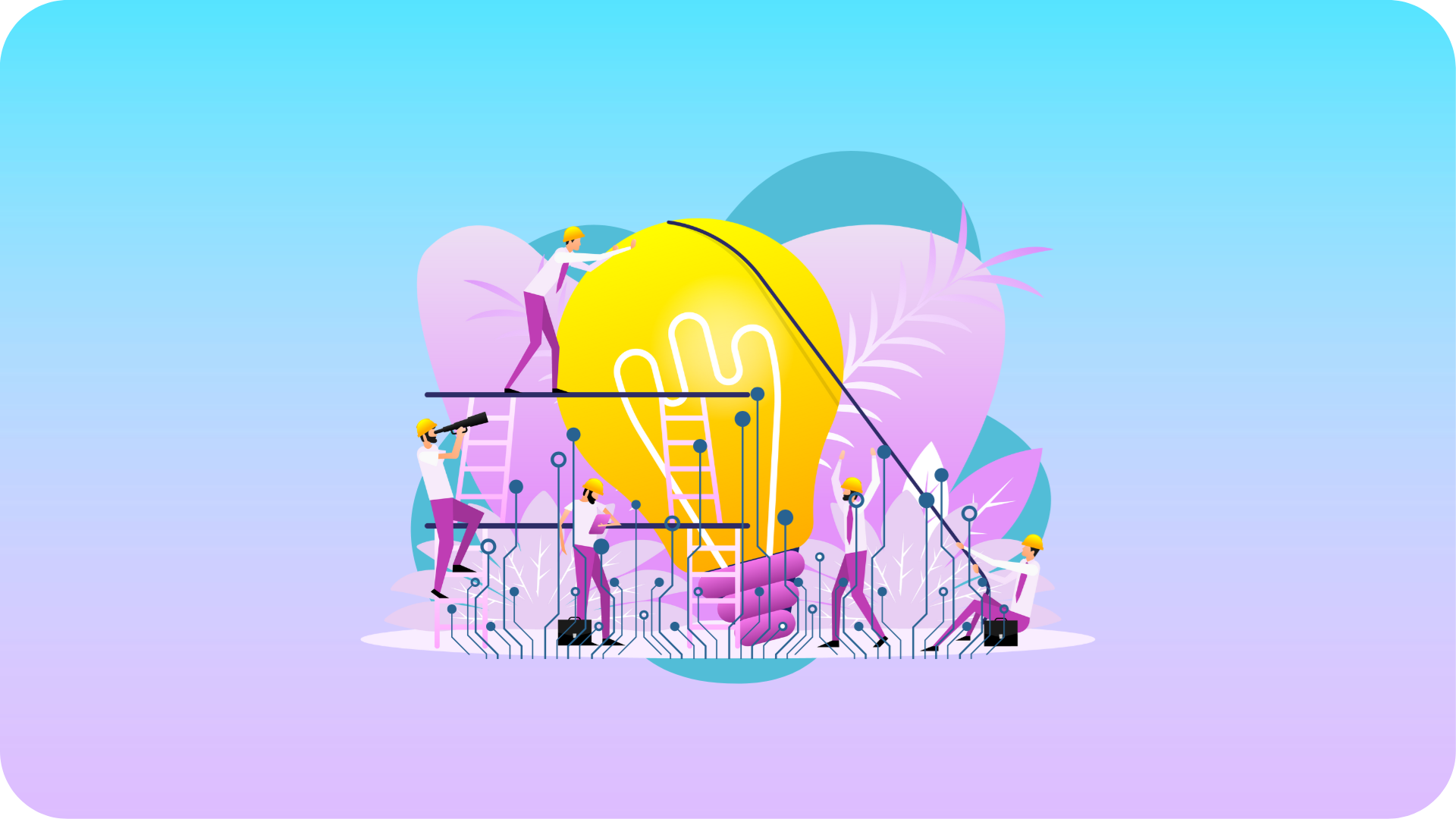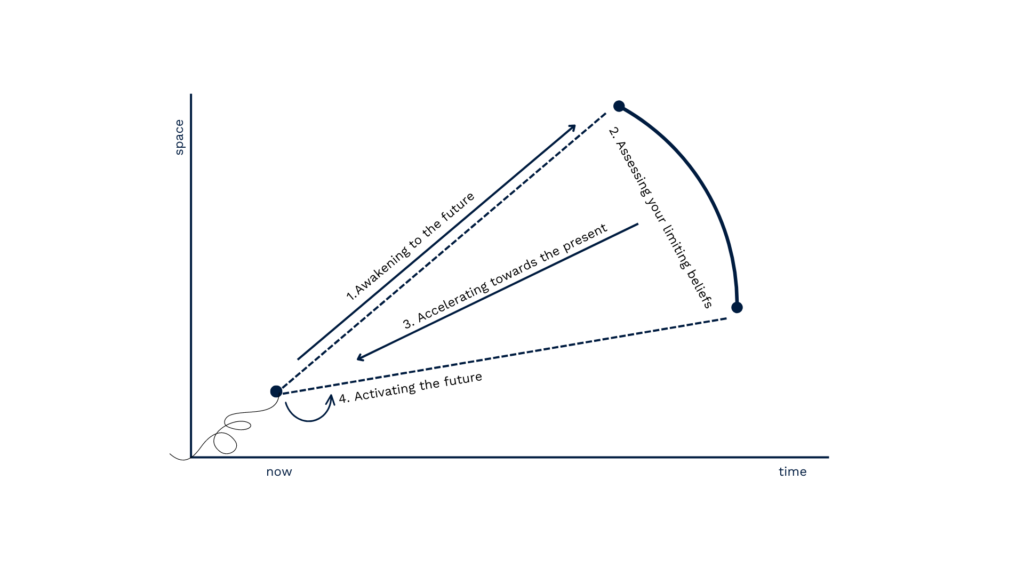An important element in our approach to help organizations map their possibilities in the future, is the process of designing a strategy. We facilitate this process of strategy design as part of a step to accelerate towards the present (see this previous post about the 4 steps to apply the future). It is not a process of logic reasoning (as is custom in many strategic planning approaches). It’s a design process in itself. We approach strategy from a different perspective, so that new paths to the future present themselves to the organization. Paths that would never have been discovered in a rational process. This is how it works.
You start form the future
Although we think it is obvious, many organizations don’t approach their strategic planning with the end in mind. They analyze their current situation, map what they are good at (and what not) and then figure out a way to grow. We start from the future and try to find a horizon that is broad enough so that it opens your cone of possibilities. But, at the same time is narrow enough that it stays realistic and doesn’t end up in science fiction. The trick then is to formulate a strategic goal (or a moonshot) based on:
- what you want to accomplish in your future (that what you believe in)
- what you are capable of with what you’ve got today (the limits of your belief).
More and how to do that in another post, for now it suffices to say that when you’ve got such a goal it is crucial to keep your process reflecting back from the future (as is depicted in the image accompanying this post at step 3).
From top down, to bottom up
It is very tempting to reason logically as soon as you have found your strategic goal. However, then your top down reasoning will blind you from the things that really will make impact in your future. We therefor apply some principles of design thinking to the process of strategic planning. This means that you formulate all the questions that need to be answered to accomplish your goals and ambitions. Translating those questions to design questions then sets you up for a (strategic) design sprint. This will generate numerous (possible) tactics (read: potential answers to your questions). These answers work bottom up to form clusters of strategic doing. These clusters can then finally be translated into strategic steps of your strategy outline (we use Hoshin Kanri as the template for this).
When you approach strategy design this way, in our experience, the strategic steps become much more engaging and are a much clearer translation of the future you want to create. Moreover it facilitates the strategic process to become a continuous dialogue with the entire organization as I wrote about before here.
Do you want to know more about this? I’d love to get on the phone and discuss how this approach could be of value to you as well. Get in touch with us to learn more.
